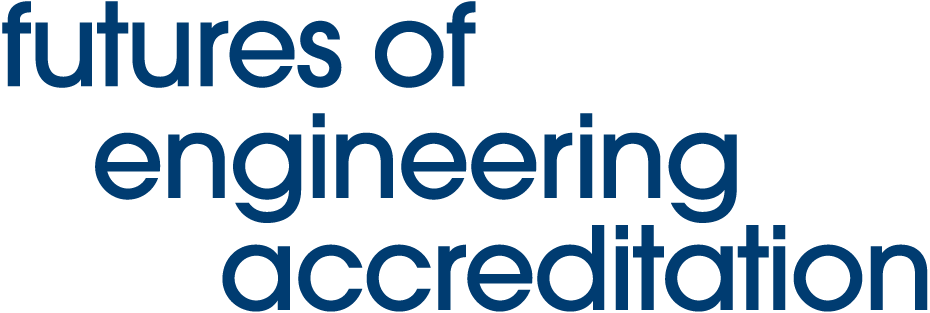The Futures of Engineering Accreditation (FEA) project is wrapping up another activity-filled year. The project team is incredibly grateful to everyone who contributed; including those who joined workshops, attended virtual meetings, filled out surveys, and shared their insights; and members of the core volunteer groups who, throughout the year, have continued to advance this work.
At the FEA strategic foresight session at the end of 2022, members of the engineering community were asked to imagine the “engineer of the future” and the prerequisites for their success. Scenarios were developed to explore ideas about the purpose of accreditation and a national academic requirement for licensure, focused on the role each plays in the future of engineering in Canada. The project team heard from interest-holders across the country and gathered significant data. That so many people in the engineering community were willing to participate was encouraging and showed that these were conversations worth having.
In 2023, the project focused on developing concepts for the purpose of accreditation and a national academic requirement for licensure. Various options were explored through virtual simulations that engaged over 80 individuals from the engineering community. FEA’s Purpose of Accreditation and Academic Requirement for Licensure task forces used the results from the simulations and previously gathered project insights, such as the original benchmarking reports, to draft preliminary concepts for the purpose of accreditation and a national academic requirement for licensure. In a series of in-person consultations from September to November, the concepts were shared with regulators across Canada, Engineering Deans Canada (EDC), the Canadian Engineering Accreditation Board (CEAB) and the Canadian Engineering Qualifications Board (CEQB).
The goals of the consultations were to gather specific and across-the-board feedback on the concepts, reach an understanding of the opportunities and challenges they present, and end the year with a solid grasp of the big questions surrounding changes to the current system. Here’s a look at the significant work that went into achieving those goals this year:
- Core volunteer groups met over 30 times and spent hundreds of hours drafting and refining presentation-ready concepts.
- Four virtual simulation sessions were held over six weeks with over 80 individuals from the engineering community participating.
- 13 in-person engagements were held over two months with regulators, the EDC, and the CEAB and CEQB to discuss draft concepts for a renewed purpose of accreditation and a national academic requirement for licensure.
- Through workshops, surveys, forums for feedback, and focus groups, the FEA project has reached more than 346 individuals from across the engineering community, including regulators, educators and deans, volunteers, students, engineers-in-training, professional engineers, and employers.
Early next year, the project team will provide a summary of the takeaways from the most recent engagements with regulators, the EDC, and the CEAB and CEQB, along with the steps the project will take in 2024 leading to the final Path Forward Report. Previous project reports and engagement summaries are available on the website here.
As always, the project team wants to hear from you. If you wish to contribute to the FEA project or have questions, email fea@engineerscanada.ca. Using this form, you can also submit any ideas related to the project.
Sincerely,
The FEA Project Team

